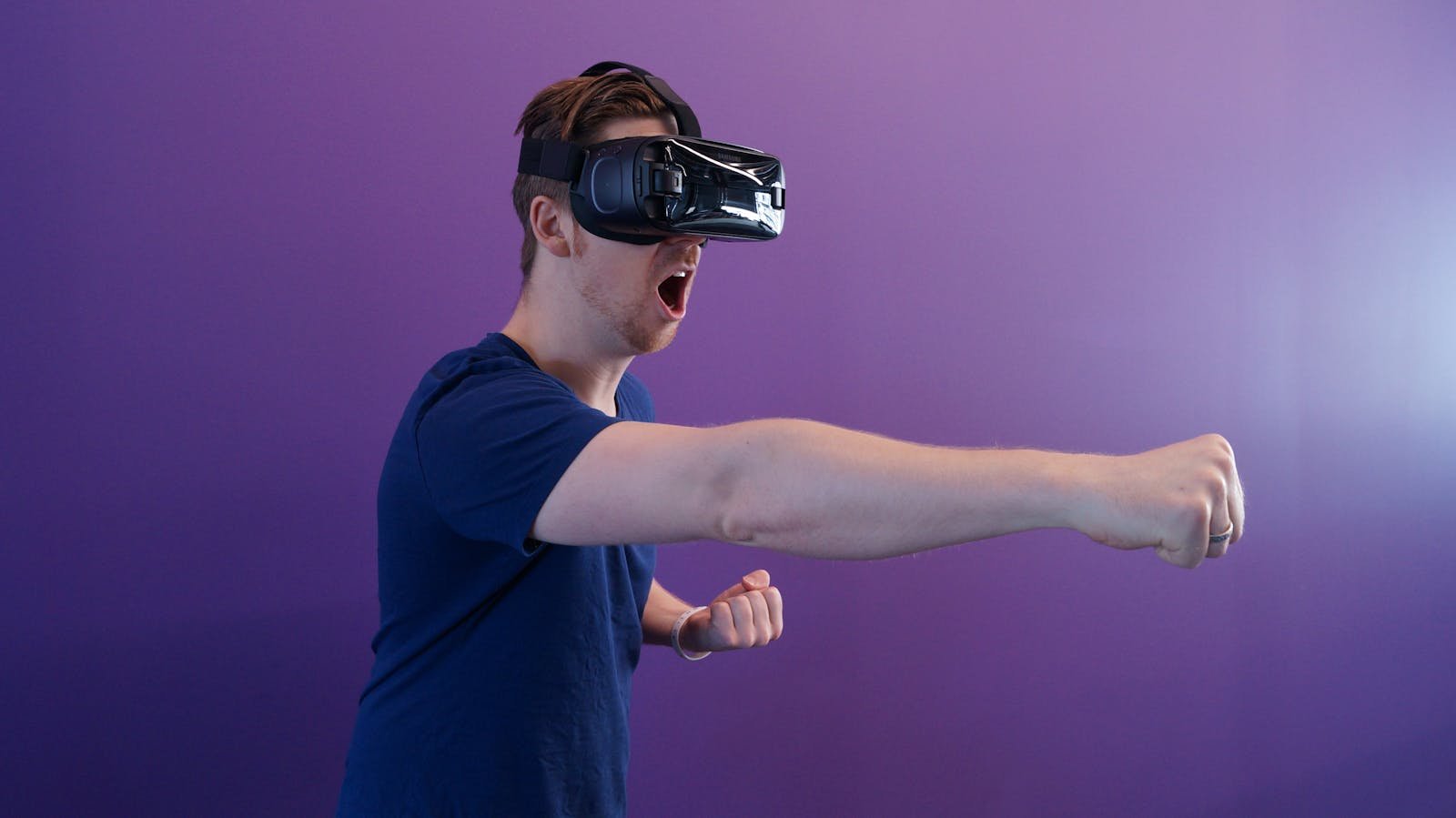ISO certification refers to the process by which an organization obtains a certification from the International Organization for Standardization (ISO). ISO is an independent international body that develops and publishes international standards for various industries and sectors.
ISO certification is a recognition that an organization has implemented and maintains a quality management system (QMS) or other specified standards according to the requirements set by ISO. It demonstrates that the organization operates in a consistent, efficient, and customer-focused manner, meeting internationally recognized standards.
There are various ISO standards available, each addressing specific aspects of management systems and practices. Some of the well-known ISO standards include:
- ISO 9001: This is the most widely recognized standard for quality management systems. It provides a framework for organizations to meet customer requirements, improve customer satisfaction, and enhance overall performance.
- ISO 14001: This standard focuses on environmental management systems (EMS). It helps organizations establish and maintain effective environmental policies, minimize their environmental impact, and comply with applicable environmental regulations.
- ISO 45001: This standard is related to occupational health and safety management systems (OH&S). It provides a framework for organizations to establish and maintain a safe working environment, prevent work-related injuries and illnesses, and comply with relevant health and safety regulations.
- ISO 27001: This standard deals with information security management systems (ISMS). It helps organizations establish and maintain effective controls to protect sensitive information, manage risks, and ensure the confidentiality, integrity, and availability of data.
The ISO certification process typically involves the following steps:
- Preparation: The organization identifies the relevant ISO standard applicable to its industry or objectives and develops a plan to implement the necessary requirements.
- Implementation: The organization establishes and documents its management system, including processes, procedures, and policies, according to the ISO standard’s requirements. It ensures that employees are trained and aware of their roles and responsibilities.
- Internal Audit: The organization conducts an internal audit to assess the effectiveness and compliance of its management system with the ISO standard. Any identified non-conformities or areas for improvement are addressed.
- Certification Audit: The organization engages an accredited certification body to conduct a formal audit of its management system. The audit verifies compliance with the ISO standard’s requirements and identifies any non-conformities.
- Corrective Actions: If non-conformities are identified during the certification audit, the organization must take corrective actions to address them. These actions are verified and reviewed by the certification body.
- Certification: If the organization successfully meets all the requirements of the ISO standard, the certification body issues an ISO certificate, indicating compliance with the standard. The certification is usually valid for a specific period, after which the organization needs to undergo surveillance audits to maintain the certification.
ISO certification provides several benefits to organizations, including enhanced credibility and reputation, improved operational efficiency, increased customer satisfaction, better risk management, and access to new markets.
It’s important to note that ISO certification is voluntary and not a legal requirement in most cases. Organizations choose to pursue certification to demonstrate their commitment to quality, environmental responsibility, occupational health and safety, or information security, depending on the specific standard they are seeking certification for.







